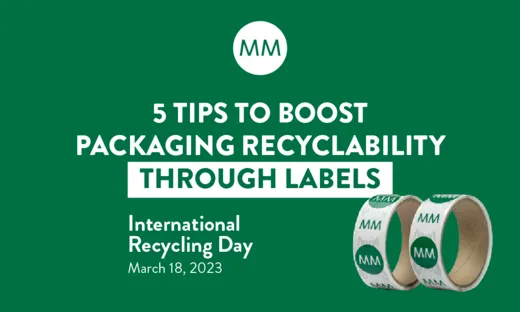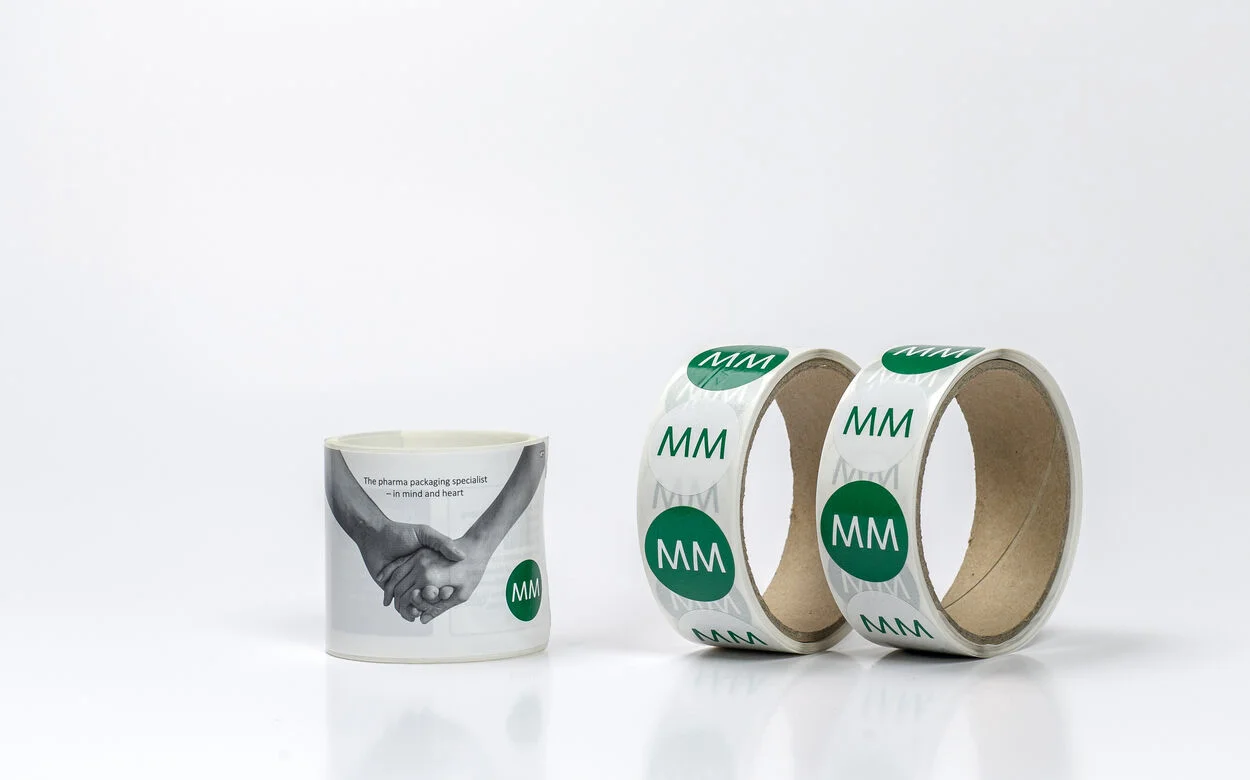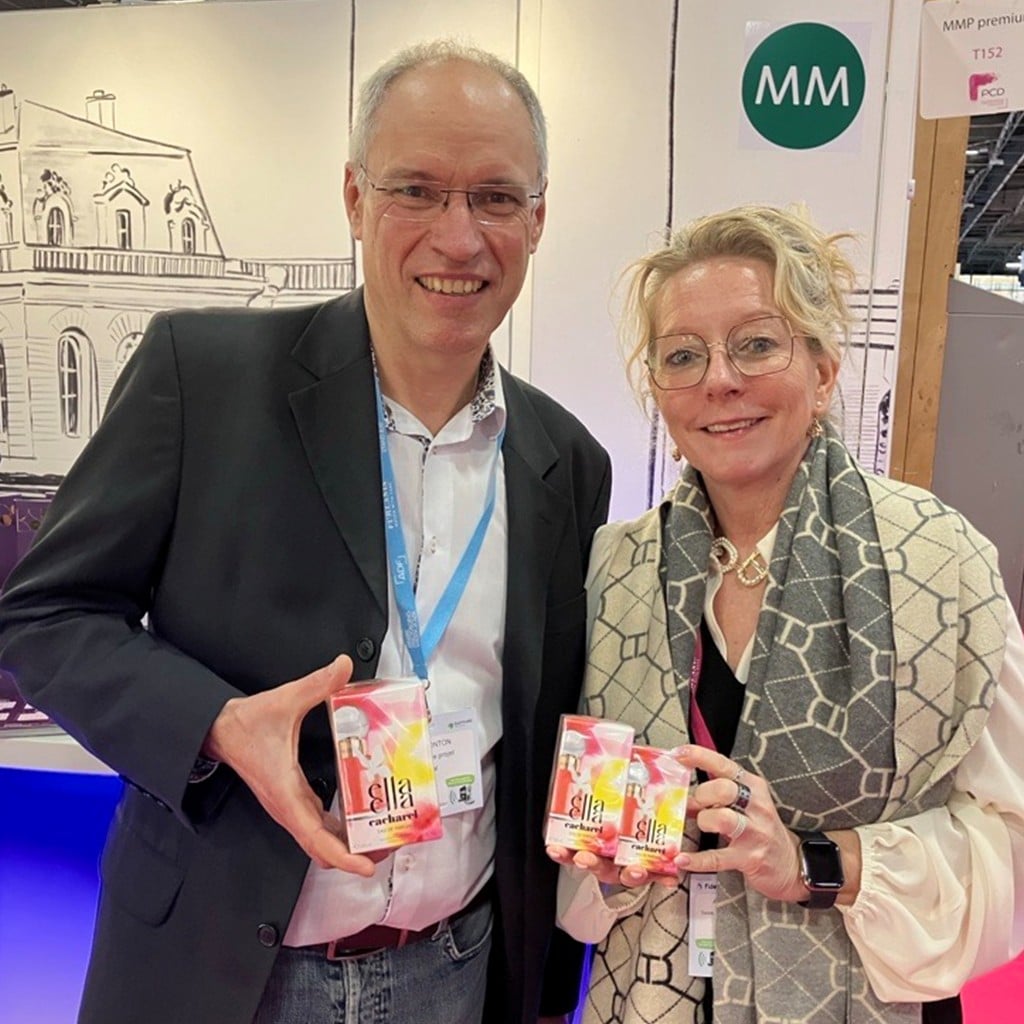Boosting Recyclability Through Labels: Tips from MM Packaging
As consumers become increasingly aware of the impact of the products they buy on the environment, companies are under growing pressure to develop more sustainable solutions. At MM Packaging, we are continuously working with customers and suppliers to boost the sustainability performance of our cartons, leaflets, and labels.
One area of focus for us is the recyclability of labels. While it may seem like a small component, improving the recyclability of labels can have a big impact on the recycling industry and make it easier for end users to recycle.

Here are MM Packaging’s top 5 tips for increasing recyclability through labels:
1. Choosing the right substrate
The substrate chosen for a label should relate to the primary or secondary packaging that it is being applied to. By using the same label substrate as the packaging material, the label does not need to be separated post-consumer use. This simplifies disposal for the consumer and enables a single stream of material to be supplied to the recycler, avoiding contamination. By creating a mono-material stream, the production of clean recycled material has a higher economic value.
2. Understanding recycling availability
Unfortunately, recycling availability and efficiency varies around the world, depending on the material selected. Label recyclability is therefore not just about material choice but the reality of whether it will be collected and recycled for further use.
3. Designing for recyclability
Labels can hinder the packaging recycling process unless designed for easy separation and segregation. According to the American Recyclers Association (APR) “For a PET container, 80 per cent of the problem with recycling that container can be eliminated if you use the right label.” MM Packaging offers wash-off labels that allow labels to easily and cleanly detach from bottles in a conventional bottle washer. In addition, we offer wash-off paper labels that can be used in a variety of applications that enable reusability of glass and plastic packaging or support the material recycling process.
4. Size does matter!
Label coverage is one important aspect that needs to be considered when designing packs for recyclability. Within the recycling process, colour sorting equipment needs to detect the pack or container colour beneath the printed label. If the surface is covered by a large label, this can impede the process either causing packs to end up in the incorrect colour waste stream or even be rejected from the system.
5. Use of recycled materials
Finally, to further support the closed loop production philosophy, MM Packaging offers a range of label substrates containing renewable or recycled content enabling closed loop solutions to label design.
At MM Packaging, we believe that small changes can make a big impact. By implementing these five tips, companies can take steps to boost the recyclability of their labels and contribute to a more sustainable future.
To learn more about how MM Packaging can help improve the sustainability of your packaging, contact us at Pharmahc-Packaging@mm.group.




